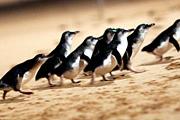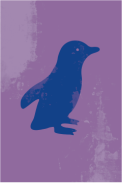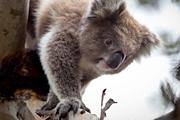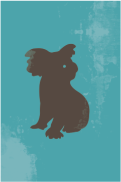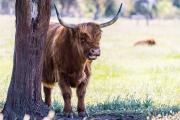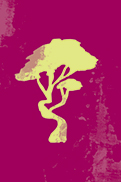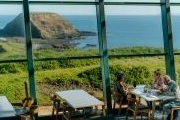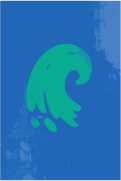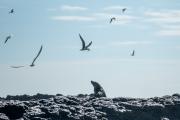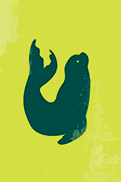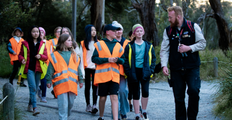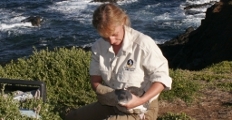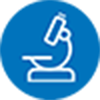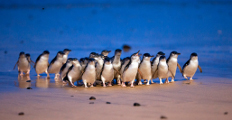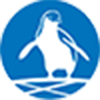Report Beach-Washed Bird Sightings
Have you found a beach-washed bird on Phillip Island (Millowl)? Help our researchers by reporting it.
Our Coastal Bird Research teams track and monitor the health of a wide variety of bird species across Phillip Island (Millowl), with a priority focus on the incredibly vulnerable hooded plovers. Hooded plovers ‘hoodies’ (Thinornis cucullatus) are shore-nesting birds and are well adapted to life on the beach. However, the southern coast of Australia has been radically altered over time by weeds and other human-introduced threats. Hooded plovers are one of Australia’s most vulnerable birds and are protected wildlife under state and federal legislation.
The hooded plover is just one species of beach nesting bird that requires active management to maintain a viable population. Apart from little penguins and short-tailed shearwaters, we have pied and sooty oystercatchers, red-capped plovers, crested and fairy terns, as well as three species of gull.
Hooded plovers breed on some of Phillip Island’s most popular beaches. Threats to hooded plovers and other beach-nesting birds mostly impact the birds’ ability to breed successfully. The birds are easily disturbed by human activities on beaches, and as a result, many eggs are lost to dogs, feral cats or accidentally trampled by beach users.
Data on nest and chick loss is gathered each year to build a picture over time of preventable and unpreventable causes. In most years 50% of loss was unknown and a large proportion was from severe weather and high tides.
Phillip Island (Millowl) is home to approximately 40 hooded plovers. Less than 600 of the birds are thought to live in Victoria and they are internationally recognised as a threatened species. Phillip Island Nature Parks has been monitoring the Phillip Island hooded plover population since the 1980s through nest records and leg banding. The population is slowly increasing after many years of hard work from our local community, volunteers, our research and conservation teams, and the assistance of the local community to share our shores with wildlife.
Management actions to reduce nest and chick loss by preventable causes has a wholistic approach and includes, formalising beach access, pest plant and animal control, pest harbour removal, preventing illegal camping and fires, rubbish removal and enforcing dog regulations.
Read the Flora and Fauna Guarantee Action Statement here
Read more about the hooded plover here
You can make a difference:
· Stay close to the water’s edge (and away from habitat)
· Observe signs and keep clear of protected and fenced areas
· Observe current dog regulations and keep dogs on leads and away of breeding zones
Phillip Island Nature Parks dog walking regulations are designed to allow dog walking in some areas of the Nature Parks while upholding the Nature Parks statutory obligation to protect wildlife under legislation such as the EPBC Act 1999, Flora and Fauna Guarantee amendment Act 2019 and Wildlife Act 1975. Failure to abide by regulations can constitute a breach of the Wildlife Act.

Phillip Island Hooded Plover Report 2022/23





